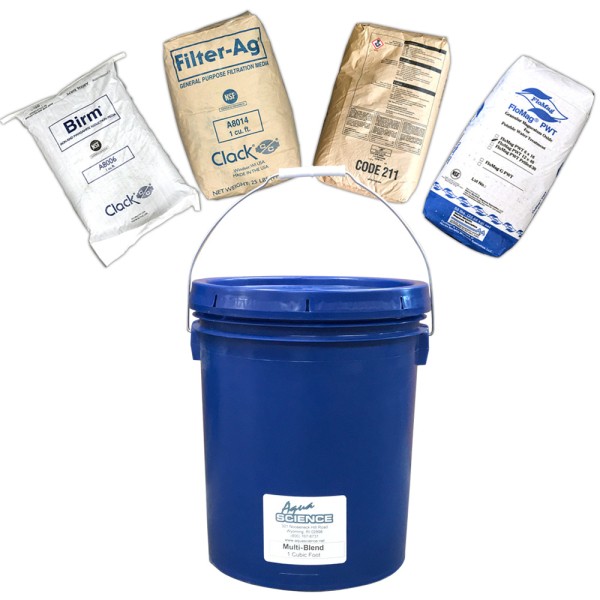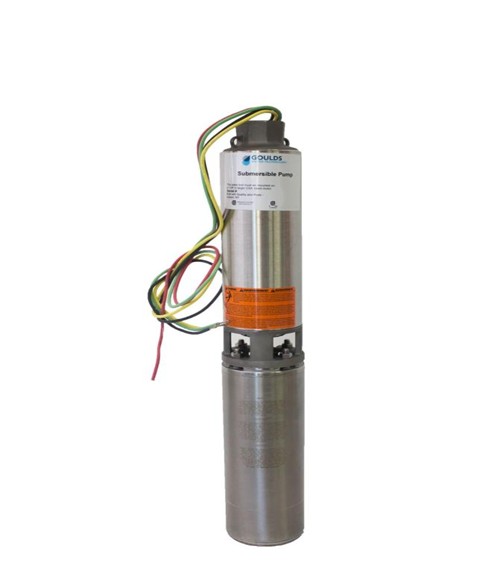
Per- and polyfluoroalkyl substances (PFAS) are a group of man-made chemicals that have been used in various consumer products for decades. They are known for their resistance to water, oil, and heat, making them useful in non-stick cookware, water-resistant clothing, stain-resistant fabrics, and firefighting foams. However, PFAS have also been linked to various environmental and health concerns, mainly when contaminating water sources. Here are some effects of PFAS on water:
Environmental Effects:
1. Bioaccumulation: PFAS tend to accumulate in living organisms, particularly in the fatty tissues of fish and other aquatic animals. This means that even at low concentrations in water, PFAS can build up in the food chain, leading to higher concentrations in animals at the top of the food web.
3. Persistence: One of the most concerning aspects of PFAS is their persistence in the environment. They do not break down easily and can remain in the environment for a long time, leading to long-term contamination of water sources.
Human Health Effects:
1. Drinking Water Contamination: One of the primary concerns with PFAS contamination is its impact on drinking water. When PFAS leach into groundwater or surface water sources, they can contaminate drinking water supplies. This can lead to human exposure through consumption of contaminated water.
2. Health Risks: Exposure to PFAS has been linked to various health risks in humans, including:
- Increased cholesterol levels
- Compromised immune function
- Developmental effects on fetuses and infants
- Increased risk of certain cancers (e.g., kidney, testicular, thyroid)
3. Potential for Long-Term Health Impacts: Because PFAS can accumulate in the body over time, even low levels of exposure over an extended period can potentially lead to health problems.
However, removing PFAS is easily achieved by installing a Granular Activated Carbon System with selected carbons that will filter out the contaminations. This system can be installed at the water point of entry and will filter all domestic household water.
Point-of-use systems like Reverse Osmosis. Granulated Activated Carbon can be very effective for drinking and cooking water.








Validate your login